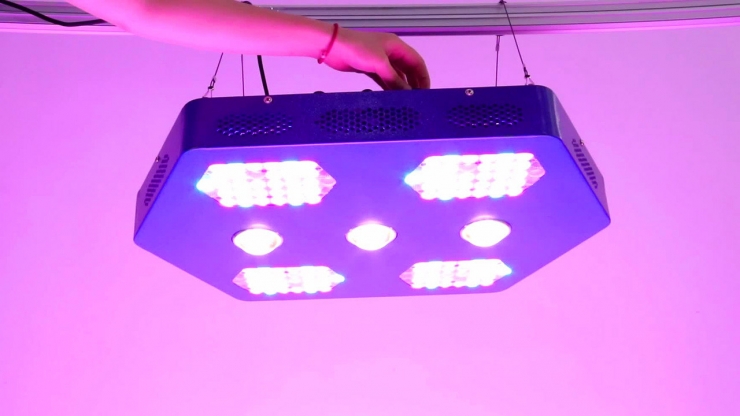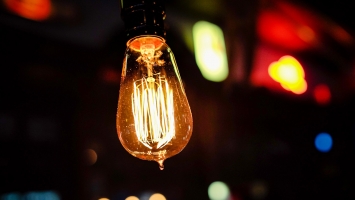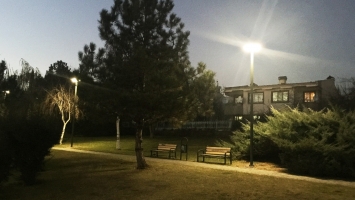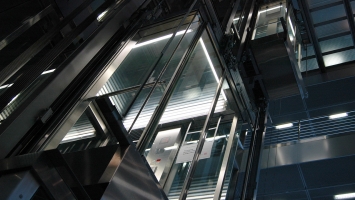
Since the concept of LED lighting has entered our lives, we have started to learn many different terms. One of them is a full spectrum or full spectrum lamp. Some manufacturers indicate that LED lighting products emit full spectrum light. In this article, we will explain the definition of a full spectrum light.
Full spectrum light is a kind of lighting that covers all wavelengths useful for plants and animals. Although the part of sunlight reaching the Earth changes according to time, latitude, and atmospheric conditions, sunlight is considered to be a full spectrum.
The concept of the full spectrum on LED lighting products on the market is far from being a technical term. It is usually used to indicate the natural light quality of the product. Products marketed as full spectrum can produce light throughout the entire visible spectrum. However, it can not be said that it does not provide it with an equal spectral distribution.
Full spectrum lamps are usually used in art galleries, aquariums, gardens, and indoor plant growing. However, this is not the most efficient kind of lighting.
There is a belief that use of full spectrum lighting is useful for daily life. Because it imitates the sunlight. However, we cannot say that this kind of lights is healthier than other electrical light sources.
Full spectrum lamps imitate natural sunlight and produce high brightness light. However, these lamps also have some blue light, which is the short wavelength of the spectrum of light. Prolonged exposure to this light can have negative effects.
Light is the most important environmental stimulus to regulate circadian cycles. Exposure to sunlight during the day and exposure to a light that imitates sunlight during the evening can lead to sleep problems. In the evening, it would be better to use warm light sources close to yellow that contain less blue light.






COMMENTS
MAKE A COMMENT